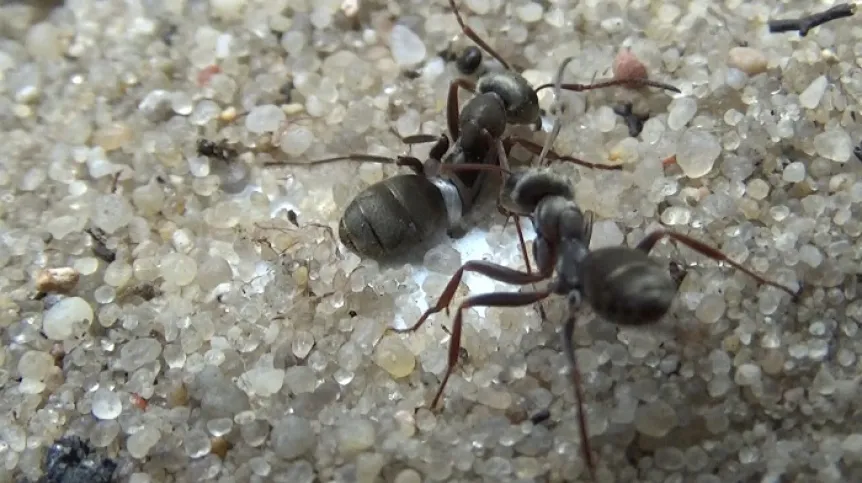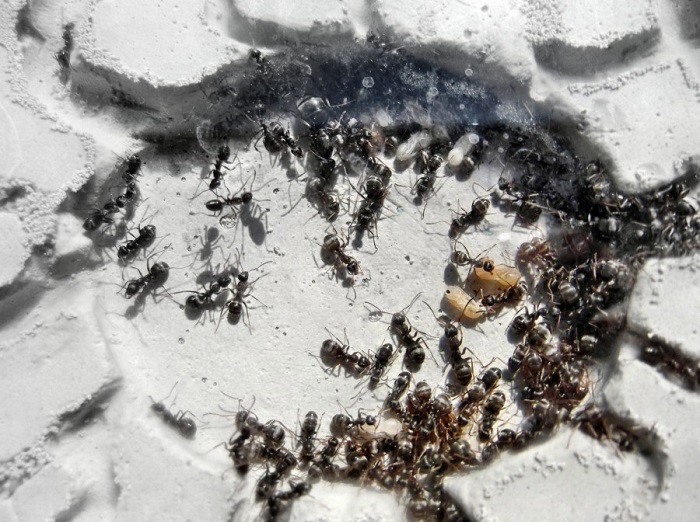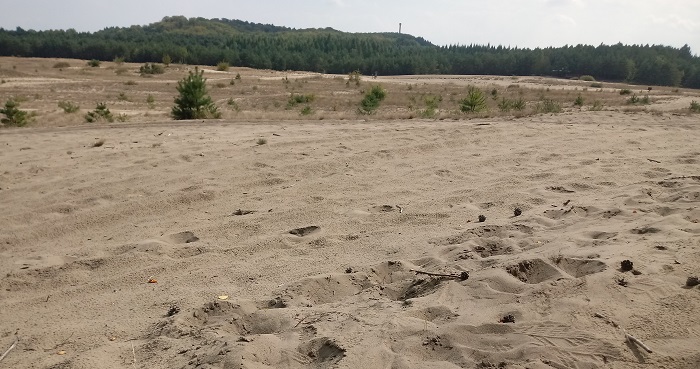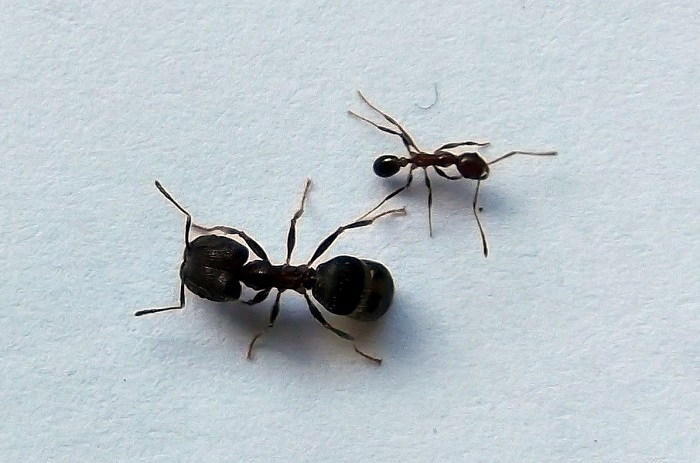
It turns out that the body size of monomorphic ants does matter and affects their behaviour, say biologists from Kraków. Their latest research on a species living in the Błędów Desert shows that in the case of rescue behaviour, small workers are more persistent.
The research was carried out by biologists: Filip Turza - a doctoral candidate at the Institute of Environmental Sciences at the Faculty of Biology of the Jagiellonian University and Dr. Krzysztof Miler from the Institute of Systematics and Evolution of Animals of the Polish Academy of Sciences. The results were published in Scientific Reports.
'So far, body size in monomorphic species was considered unimportant and therefore ignored in studies of potential inter-individual differences. Our discovery sheds new light on this issue by showing that body size can contribute to how an individual behaves. We emphasize that seemingly small differences in the external features of social insects, as well as other animals, can have a significant impact on their behavioural patterns,’ Filip Turza tells PAP - Science in Poland.

The research concerned the influence of the body size of monomorphic ants on their ability to engage in rescue behaviour, i.e. situations in which ants risk their own lives to save other ants who are in danger.
'We wanted to check whether differences in the body sizes of foragers (ants responsible for searching for food for the colony and therefore most exposed to dangerous situations) translated into their different behaviours, both in the context of rescuers and those in need of help,’ Turza says.
Ant species are divided into polymorphic and monomorphic. The former are characterized by significant variation in body size within the colony, with the predominance of workers of extreme sizes; they include castes depending on size, e.g. soldiers. In turn, monomorphic ants are much less diverse in this respect, and the largest part of them in the colony are workers with an average body size. 'Interestingly, although monomorphic species dominate in nature, constituting approximately 80 percent of all known species of ants, knowledge about them is still minimal,’ says Turza.

For the experiment, the researchers selected colonies of monomorphic Formica cinerea ants in the Błędów Desert. They used behavioural tests using an artificial trap consisting of filter paper, a nylon loop and sand, in which they placed ants of various sizes, thus imitating the situation of being caught by a predator or trapped in the ground. All rescue operations observed near the nest entrances, as well as other ant behaviours, were recorded and then analysed using special software. In order to compare the body sizes of the tested foragers, the researchers conducted morphometric measurements.
The results of the analysed ant behaviours showed that both small and large workers showed a similar rescue behaviour tendencies.
'However, it was the small worker bees that would help trapped ants for a much longer time and were more active in situations requiring help from rescuers. This suggests that external features, such as body size, may influence the behaviour of individual foragers, and thus the functioning of the entire ant colony,’ Turza says.

It is possible, he adds, that this may turn out to be a characteristic feature of all monomorphic species, but due to the enormous diversity of this group of insects, additional comparative research is needed. 'However, this knowledge is certainly an important step towards better understanding the complex behaviours of ant communities,’ Turza says.
He admits he was surprised with the results that despite the lack of a clear specialization in rescue, small workers behaved differently than their larger counterparts, both in terms of persistence in rescue and activity while being trapped, which 'may have important consequences for increasing the effectiveness of this type of risky behaviour among ants'.
'A single ant seems to be a very simple insect. Only when we study their mutual interactions are we able to see what fascinating and complex organisms we are dealing with,’ he says.
PAP - Science in Poland, Agnieszka Kliks-Pudlik
akp/ bar/ kap/
tr. RL













